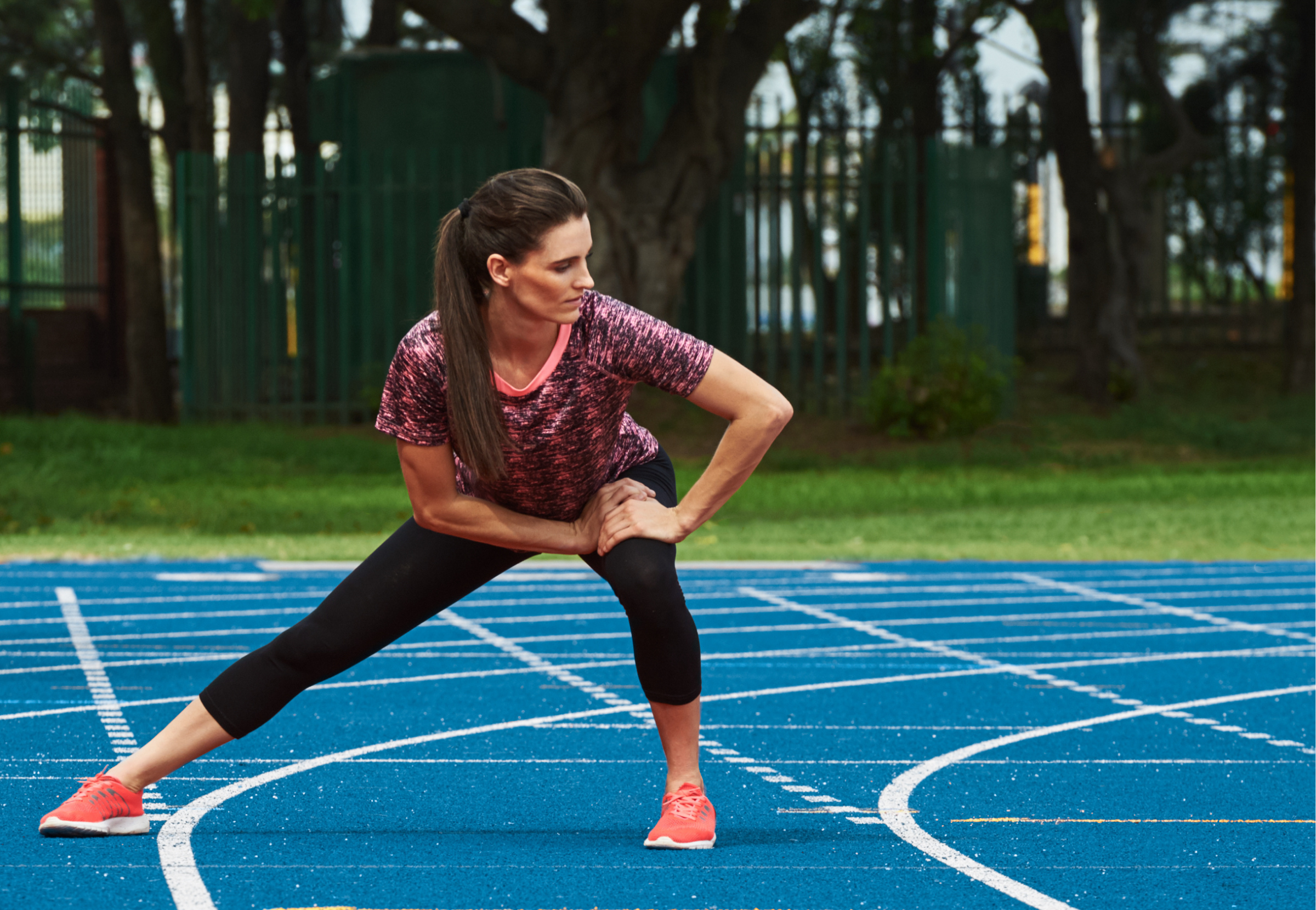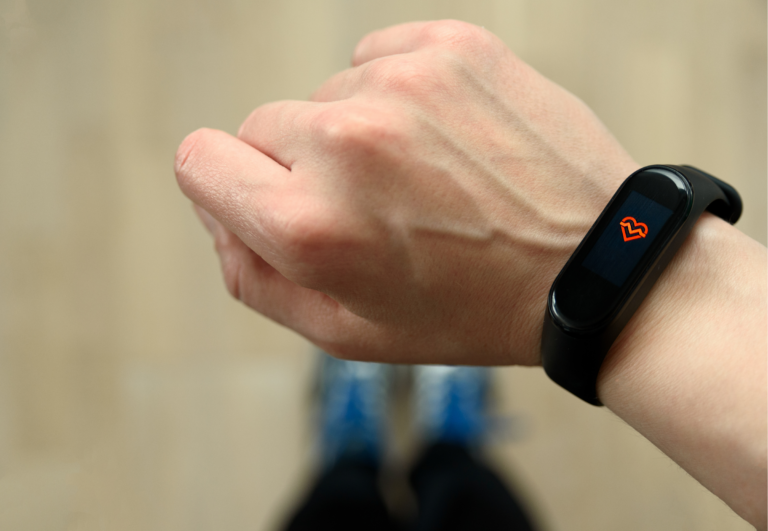Injury Prevention Stretches for Runners: Essential Flexibility Exercises for Peak Performance
Injury prevention is crucial for runners, who are often prone to overuse injuries due to the repetitive impact of running. As a UESCA certified running coach, I emphasize that incorporating stretching into your training regimen can be instrumental in reducing injury risk. Stretching aids in maintaining flexibility, improving range of motion, and ensuring the functional alignment of the body, all of which are key to a runner’s performance and longevity in the sport.
My experience with runners at all levels has revealed that targeted stretches, especially those that focus on the lower body, can help to safeguard against common running injuries. By committing to a routine that includes hip flexor stretches, hamstring stretches, and calf stretches, runners can enhance their mobility and stability. This routine can lead to decreased stiffness and an overall increase to the body’s resilience against the high demands of running.
Fundamental to injury prevention is not just stretching, but also strength training. Exercises like squats, deadlifts, and single-leg movements build the muscular support needed to absorb and distribute the impact of running. Encouraging runners to blend both stretching and strength exercises into their weekly schedule, I ensure they’re equipped with a holistic approach to injury prevention, boosting their ability to run stronger and safer.
An Overview of Running Injuries
Running injuries can stem from various factors including overuse, improper footwear, or biomechanical imbalances. Recognizing early symptoms and understanding common causes can aid in prevention and quick recovery.
Causes of Common Injuries
- Overuse: Repetitive forces placed on the same tissues without adequate rest can lead to stress fractures and tendonitis.
- Biomechanical Imbalances: Issues with gait and body alignment can cause injuries such as shin splints, knee pain, and plantar fasciitis.
- Inadequate Core and Hip Strength: Weak core and hip muscles can lead to excessive movement at the pelvis and spine, contributing to injuries like iliotibial band syndrome and lower back pain.
- Improper Footwear: Wearing shoes that don’t support your foot type can lead to problems in the feet and ankles, including ankle sprains and Achilles tendon issues.
- Surface and Environment: Running on uneven surfaces or in poor environmental conditions can increase the risk of falls and related injuries.
Recognizing Early Symptoms
- Pain: Persistent or severe pain during or after running can indicate an injury.
- Swelling or Tenderness: Swollen or tender spots on knees, ankles, feet, or hips shouldn’t be ignored.
- Reduced Performance: A sudden dip in running performance can be a sign of underlying stress or injury.
- Altered Gait: Changes in running form, often as compensation for discomfort, can signal a problem.
- Stiffness: Morning stiffness in the calves, Achilles tendons, and back could suggest repetitive stress.
Running injuries are preventable with the right approach. Early identification of symptoms and understanding the underlying causes are crucial steps. A focus on balanced training, proper equipment, and strength conditioning can significantly reduce the risk of common running-related injuries.

Essential Stretches for Runners
In my experience as a running coach, incorporating a variety of stretching techniques into your routine is fundamental for preventing injuries and improving performance.
Lower Body Focus
For the lower legs, calf muscles tend to become tight due to constant pounding. My recommendation is the Calf Muscle Stretch: facing a wall, extend your leg straight behind you, heel grounded, and lean forward till you feel a stretch in the calf. It’s essential to stretch both the gastrocnemius and the soleus muscles.
- Hamstring Stretch: Sit with one leg extended, reach towards your foot. This reduces stiffness and keeps your hamstrings supple.
- Hip Flexor Stretch: In a lunge position, shift your weight forward until a stretch is felt in the front of your hip. As runners, flexible hip flexors are key for a strong stride.
Core and Back Stresses
The core muscles stabilize our body during running, and a tight lower back can hinder a runner’s form.
- Piriformis Stretch: Sitting down, cross one leg over the other and gently pull the knee towards your chest. This stretch targets the small gluteal muscles and can help alleviate sciatic pain, common in runners.
- Static Lower Back Stretch: Lying on your back, pull your knees to your chest. This eases lower back tension and maintains flexibility.
Upper Body Considerations
Upper body flexibility can impact running posture and breathing.
- Shoulder Stretch: Bring one arm across your body and gently pull it with the other arm, holding the stretch without strain.
- Dynamic Arm Swings: To loosen the back muscles, stand tall and gently swing your arms across your body; this is a dynamic stretch that prepares the shoulders for movement.
Incorporating these stretches into your pre- and post-run routine can maintain and enhance flexibility in your muscles, contributing to injury prevention and an increase in range of motion that facilitates more efficient running. Remember, consistent stretching is as significant as your mileage.
Injury Prevention Techniques
Injury prevention is crucial for runners seeking to enhance performance and minimize recovery time. By focusing on strength training and mobility, we can improve stability and biomechanics, which are key for staying injury-free.
Strength Training Fundamentals
Strength training is a non-negotiable component in a runner’s regimen. I ensure that my athletes’ routines include exercises targeting essential muscle groups like the quads and the stability of the spine. Key movements involve:
- Single Leg Exercises: These stimulate stabilization, crucial for running.
- Squats: Target the quads, vital for knee support and overall leg strength.
A tip: Always engage in a proper warm-up before starting your strength routine to prepare your muscles and joints.
Incorporating Mobility and Stability
Mobility is integral for a runner’s progress. Ensuring full range of motion in the joints can lead to better running form and decreased risk of injury. My approach combines:
- Hip Flexor Stretches: Essential for good hip mobility.
- Dynamic Stretching: I emphasize this during the warm-up to prepare the body for the demands of running.
Stability exercises, on the other hand, help maintain proper alignment throughout the running gait, significantly improving one’s biomechanics. With a focus on core and hip stabilizers, these exercises are pivotal.
Warm-Up and Cool-Down Routines
Before I dive into the specific routines, it’s essential to understand that a proper warm-up activates muscles and increases blood flow, while a cool-down aids in recovery and reduces the likelihood of pain and injuries.
The Importance of Warm-Up
To begin a running session, I always recommend starting with dynamic stretches to prepare the muscles for exercise. These movements enhance blood flow and flexibility, which are critical to a productive workout.
- Dynamic stretches to include:
- Leg swings (front-to-back and side-to-side)
- Walking lunges
- Arm circles
- High knees
These exercises not only target the major muscles used in running, such as the gluteus maximus and the hip flexors, but also engage the piriformis and promote efficient breathing patterns.
Structured Cool-Down Protocols
After a run, gradually lowering the intensity of the exercise helps to safely return the heart rate to normal. I suggest following up with static stretching to help elongate muscles that have been contracted during the workout.
- Cool-down stretches may involve:
- Hamstring stretch
- Quad stretch (pulling the heel to the buttocks)
- Hip flexor stretch (forward lunge and hold)
- Piriformis stretch (seated figure-4)
Incorporating these stretches can assist in reducing tension in the muscles and can serve as a form of physical therapy to mitigate the onset of post-exercise pain. Remember to focus on breathing deeply throughout the cool-down to aid in relaxation and muscle recovery.
Rehabilitation and Recovery
Injuries from running require specific strategies to handle immediate concerns and foster long-term healing. As a UESCA certified running coach, my focus is on managing acute issues promptly and setting up a sustainable recovery routine.
Dealing with Acute Running Injuries
When facing a running injury, such as knee pain or a stress fracture, the first step is immediate rest. Do not try to push through pain; it’s important to cease running to evaluate the injury.
Following the R.I.C.E. method – rest, ice, compression, and elevation – can mitigate swelling and provide relief during the initial days post-injury. Consulting a physical therapist should be a priority to accurately diagnose the injury and begin appropriate treatment. Elements like hip flexor stretches and gentle strengthening exercises may be recommended by your therapist to aid injury-specific recovery.
Long-Term Recovery Strategies
Sustainable recovery from a running injury often involves a multifaceted approach:
- Develop a Balanced Exercise Regimen: Incorporate exercises that strengthen the hips, glutes, and core to support the affected area and minimize the risk of future injuries.
- Gradual Return to Running: Implement a structured return to running program, increasing distance by no more than 10% per week to avoid overloading tender fascia.
- Adopt a Holistic Approach: Factor in adequate sleep, nutrition, and stress management, as they play a pivotal role in the body’s ability to heal.
Physical therapy is integral to recovery, emphasizing personalized routines that evolve from simple stretches to more complex workouts as your body heals.
My role as a UESCA certified running coach is to guide runners through these crucial steps, ensuring they prioritize their health and make informed decisions that lead to a successful return to running free of injury.
Optimizing Running Practices
To avoid common running injuries, including those affecting knees, heels, and Achilles tendons, it’s vital to focus on appropriate footwear, proper running techniques, nutritional support, and lifestyle factors that can impact running performance.
Proper Footwear and Technique
I advise runners to select shoes that provide adequate support and fit well to prevent stress on the joints and muscles. The wrong shoes can lead to conditions like shin splints and stress fractures.
For technique, it’s crucial to employ a running form that aligns with natural movements, minimizing impact on the knees and promoting a balanced gait. Keep shoulders relaxed, maintain even breathing, and avoid overstriding.
Nutritional Considerations for Runners
Nutrition fuels not just our runs but our recovery too. To support muscle repair and energy levels, focus on a balanced diet rich in carbohydrates, proteins, fats, and micronutrients.
Proper hydration is also critical for optimal performance and injury prevention; aim to replenish fluids lost to sweat during and after runs. Khalid Khannouchi, a former marathon world record holder, emphasized the importance of nutrition in sustaining high-level performance.
Lifestyle Factors Affecting Running Performance
Factors like sleep and stress management are key to running injury prevention. Ensure you’re getting enough rest, as sleep is when the body undergoes most of its repair and recovery processes.
Managing life stresses effectively can also help prevent injuries—when we’re stressed, our muscles can become tense, leading to a higher risk of strains. Incorporating stretching exercises, such as standing quad stretches and downward dog, can aid in keeping muscles flexible and help reduce the risk of injuries to the low back and psoas. Regular strength training, particularly for the core and lower body, is also essential for maintaining balance and overall muscle health.






